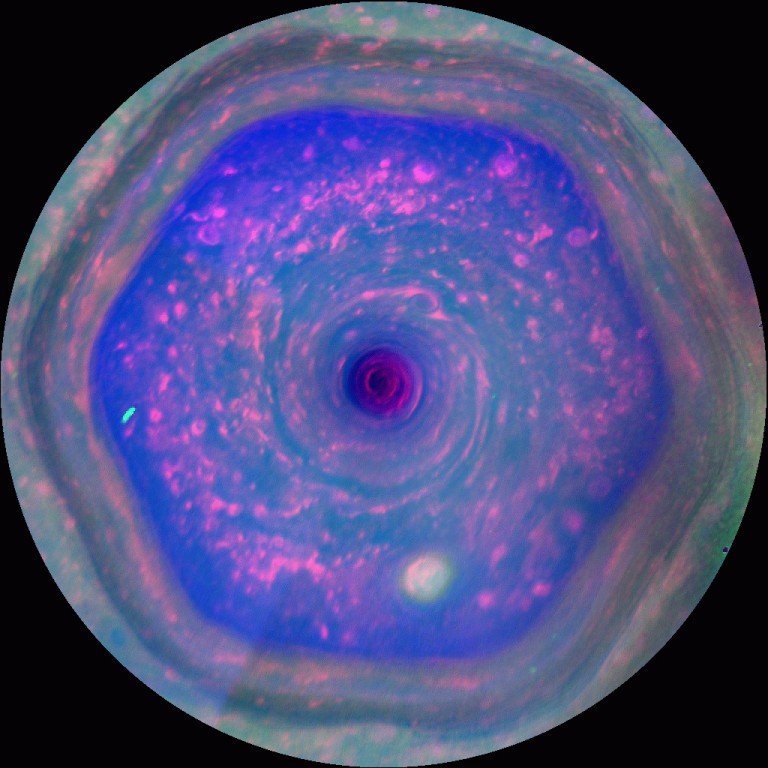What’s new?
Here in the New World, we worship novelty — the latest, newest, bright and shiny. “Amaze me,” Americans are wont to say. It is considered a sign of advancing cane-waverhood when we begin to stroke our beards and quote Ecclesiastes:
That which has been is that which will be, and that which has been done is that which will be done. So there is nothing new under the sun. – Eccles. 1:9
So I won’t be quoting that. I have as much thirst for the new as ever I did as a youth. And more – I have a creator’s passion for the making of the new, always searching for a new path on which to take a poem, a new sidelight to shine upon the familiar.
And yet, there is truth in Ecclesiastes. People commit the same follies world without end. The seasons follow one another and return. One can count on the rhododendron to bloom in May and then the apple and then the lilac, same as it ever was.
The new is a cultural construct. But then, the astrophysicists remind us, so is eternity.
I look to other cultural constructs – to art and to science in particular – to feed my hunger for the new. For example: Saturn may not be new, but it was only a few hundred years ago that Galileo’s new toy revealed that Saturn had “ears,” what we now know are rings. And if you have been following NPR’s The Two-Way, only last week another device of human invention dived between the rings and the planet and sent back close-up photos of a hexagon-shaped stationary storm at Saturn’s north pole larger than the Earth. Thanks, NASA. I needed that.
On Science Friday last week, I was amazed by another “new” thing, 130,000 year-old mastodon bones in California that show signs of having been broken by human activity, 100,000 years before there were supposed to have been humans anywhere in the New World. So long ago that the humans involved could not have been of our species. But then we always suspected Californians were a little different.
So — amazement accomplished. What I want to know now is, what’s new this week?
Tags: listeningpost, science








